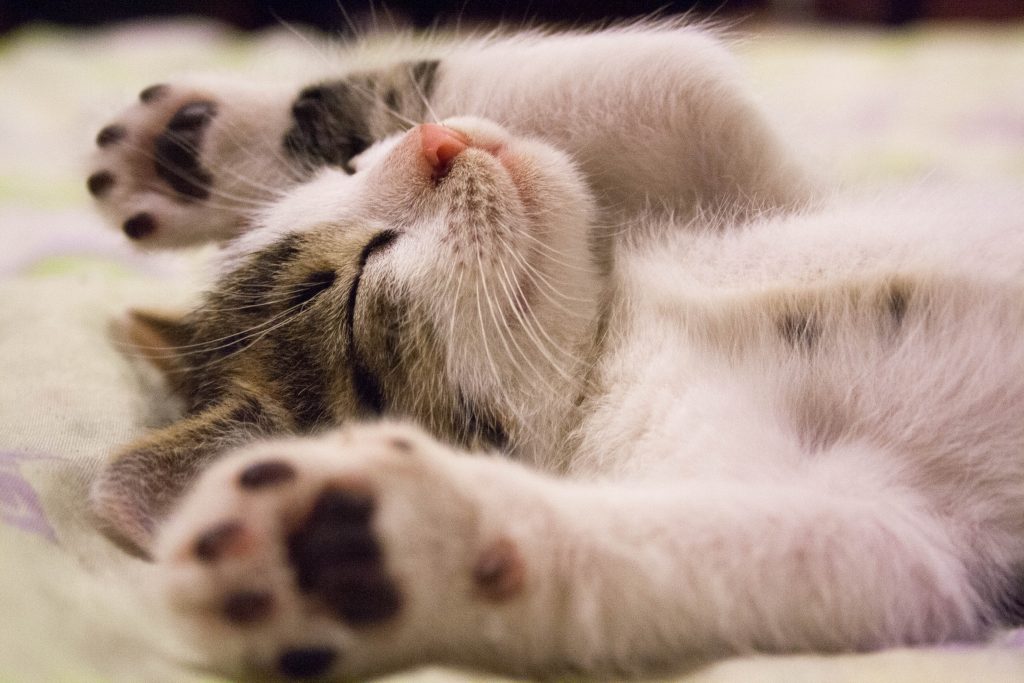Cats may be adorable and lovable companions, but when it comes to furniture, they can sometimes become destructive, as they naturally possess a strong urge to scratch. Understanding the reasons behind cat scratching is essential for cat owners to devise a suitable plan to protect their beloved furniture. In this comprehensive guide, we will provide practical tips and insights on how to deter your feline friend from sinking their claws into your furniture and discussing alternative ways to satisfy their scratching instincts.
Understanding the Natural Behavior of Cats
First and foremost, it’s essential to understand why cats scratch. It’s unrealistic to expect your feline friend to stop scratching altogether. Instead, you must provide alternatives catering to their scratching needs while ensuring your furniture stays unharmed.

Removal of the outer layers of their nails
Cats scratch to remove the old outer layers of their nails, which helps to keep their claws healthy and sharp. Scratching also helps to remove any debris or dirt that may be stuck in their nails.
Marking territory
Scratching also serves as a way for cats to mark their territory. They have small glands in their paws that leave a scent when they scratch, which lets other cats know that the area is claimed.
Stretching their muscles
Scratching also allows cats to stretch their muscles and work out their legs and shoulders. It’s an essential part of their exercise routine and helps to keep them healthy.

Providing Scratching Alternatives
Scratching is a natural behavior for cats but can be destructive for furniture. To prevent your cat from scratching and ruining furniture, it’s important to provide appropriate alternatives.
Investing in Appropriate Equipment
Pet owners should invest in scratching posts or pads to protect their furniture. Cats prefer vertical or horizontal scratching surfaces, depending on their habits. Choose a sturdy scratching post made of materials like sisal, which closely resemble tree bark and have texture cats find irresistible.
Choosing the Location for the Post
Position the scratching post or pad near the areas your cat usually scratches, and gradually move it to a suitable location in your home. By doing this, you can encourage them to use it instead of damaging furniture. Additionally, you should ensure that your cat has a line of sight from its resting place to the scratching post, so they’re more likely to use it.

Positive Reinforcement
Training your cat to use the appropriate scratching surface is a fundamental step. Cats respond well to positive reinforcement and are likelier to continue using the new scratching surface if they associate it with positive experiences.
Offering Praise and Rewards
Training your cat to use the appropriate scratching surface is a fundamental step. When your cat uses the scratching post or pad, offer praise, a treat, or extra attention. Cats respond well to positive reinforcement and are likelier to continue using the new scratching surface if they associate it with positive experiences.
Replacing Unwanted Behavior
If your cat is showing unwanted behaviors such as clawing furniture or carpets, try redirecting their energy towards their designated scratching area by playing with them near it or placing toys beside it. Once they have started using their intended scratching surface, increase rewards and praise until the desired behavior has been ingrained in them.

Discouraging Inappropriate Scratching
It is important to be persistent in deterring inappropriate scratching of your cat. Although providing alternative surfaces can help, a cat may still attempt to scratch furniture. Consistency and patience are key when attempting to stop your cat from engaging in unwanted scratching.
Applying Deterrents
Sometimes, even when offering alternatives and using positive reinforcement, a cat may still try to scratch your furniture. Deterrents like double-sided tape or aluminum foil can be temporarily placed on the areas your cat has previously attempted to scratch, as most cats dislike the texture of these materials. You can safely remove the deterrent when your cat seems to have lost an appeal in the furniture and started using the new scratching surface.
Redirect Your Cat
If you catch your pet in the act, firmly say “no” and then redirect them onto their designated scratching post. It will help them understand that their actions are unacceptable and that they should scratch the appropriate alternative instead. This process may take some time and repetition before it becomes second nature for your pet. Still, eventually, they will understand what is expected of them when given an appropriate alternative.

Regular Nail Trimming
Regularly trimming your cat’s nails also plays a significant role in protecting your furniture. When a cat’s nails are properly maintained, the urge to scratch and remove the outer layers diminishes. Use specially designed cat nail clippers, as the improper technique can cause pain and injury. If unsure, consult your veterinarian or a professional groomer for guidelines on how to trim your cat’s nails correctly.
The Tools You Need to Trim Your Cat’s Nails
When trimming your cat’s nails, use specially designed cat nail clippers. Human nail clippers can’t be sharp enough or the right size for cats, so investing in cat-specific nail clippers is important. These special clippers are typically curved and made of stainless steel. Alternatively, you can also use electric trimmers with adjustable blades, which can be used at different angles for more accuracy when grooming.
How To Trim Your Cat’s Nails Correctly
Now that you have the tools you need and know the timing involved with trimming cat nails let’s move on to how to do the job correctly: First, locate where the quick begins – this area contains blood vessels that should be avoided when cutting their claws as it will cause pain if cut into; Start by gently squeezing each toe until their claws extend out (this will help make sure all of their claws are trimmed); With one hand hold their paw firmly but gently while using the other hand to operate the trimmer; Cut each claw just above the quick being careful not to cut too close; Repeat this process for all four paws; then reward them with treats or cuddles!
Protecting your furniture from cat scratching does not have to be a duty. By understanding a cat’s natural behavior, providing appropriate alternatives, using positive reinforcement, discouraging inappropriate scratching, and maintaining their nail health, you can create a harmonious environment for you and your feline companion. With patience, persistence, and creativity, you can maintain your home’s appearance and keep your cat happy too! Happy scratching!


